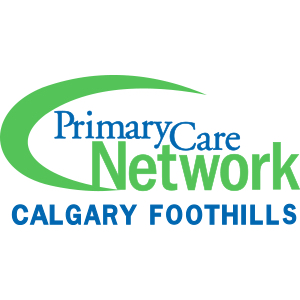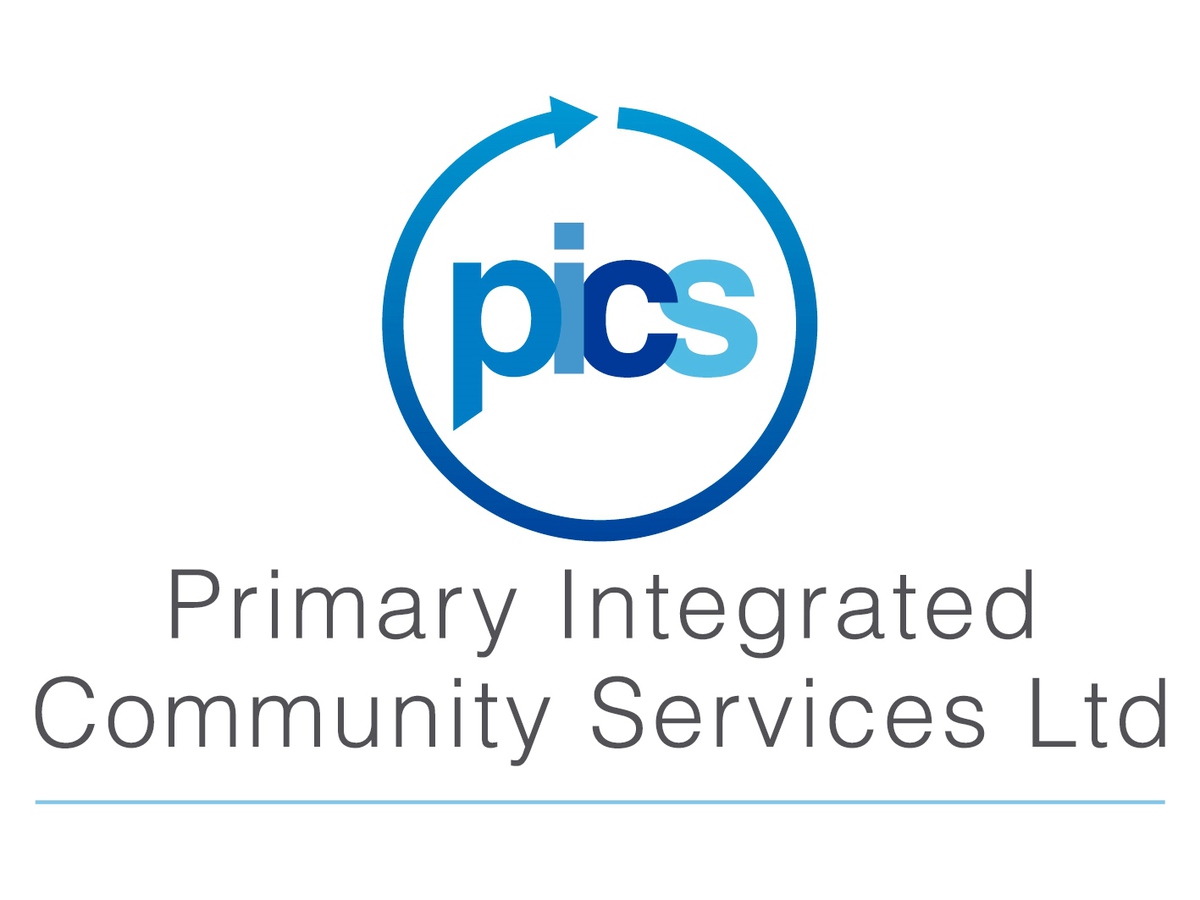Easy-to-use lone worker app for healthcare workers
Our easy-to-use lone worker solution is ideal for ensuring the safety of healthcare workers in an emergency.
StaySafe offers reliable protection from commonly faced challenges such as violence, aggression and workplace accidents.


















